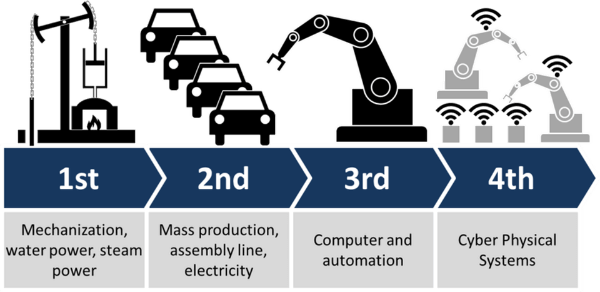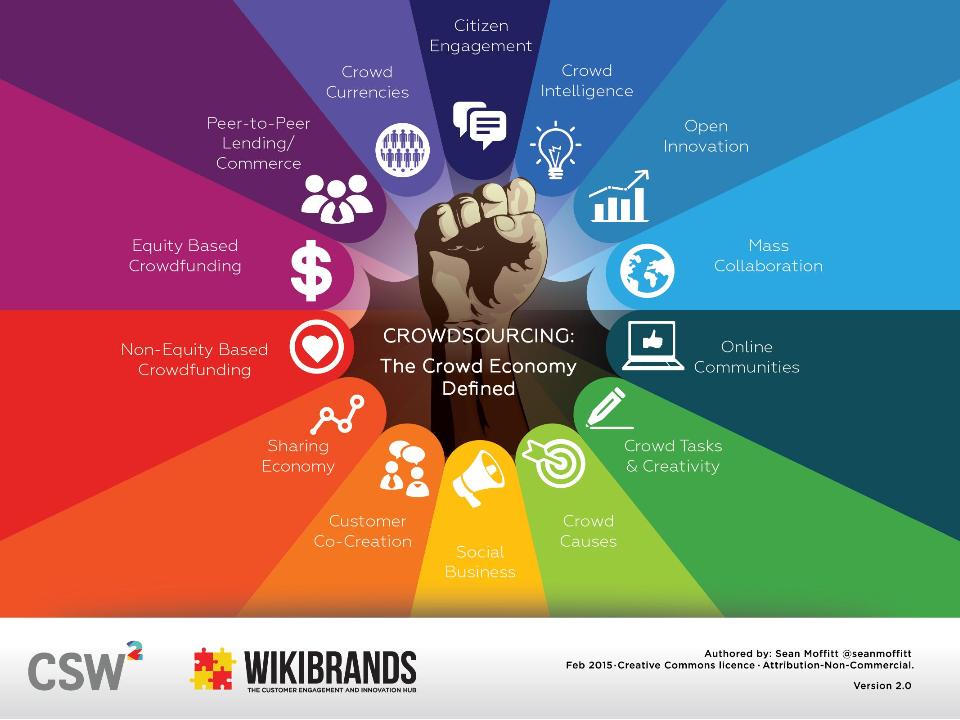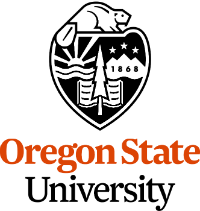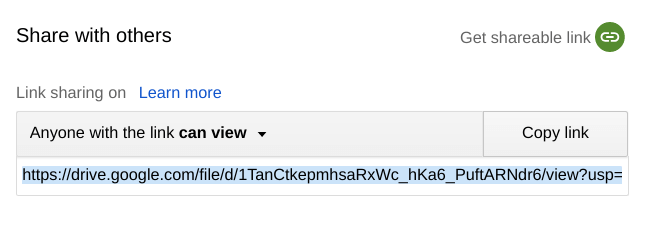Chapter 9 ~ The Fourth Industrial Revolution
In this chapter, you'll explore the good intentions humans have to use technology for the betterment of society (and how some experiments failed). You'll explore how robots, crowdsourcing, and blockchain may help or hinder the economies of the future. And you'll explore initiatives to help social structures evolve.
![© Isabella Bannerman. I hope you like it; it is an old family recipe [says the robot to another robot].](toons/ai-family-recipe.png)
9.1 Introduction to the Fourth Industrial Revolution.

In the mid 1700's mechanization and the steam engine heralded a new era of mass production. Just 100 years later, electricity and fossil fuel energies along with the telegraph and telephone sped up our ability to communicate and travel faster, fostering a new era of networking. Within another 100 years, we were able to computerize those networks, satiate our need for more electricity with nuclear energy and dig deeper into space as well as the microscopic with bigger and smaller technologies.
And now just 50 years later, we are at the brink of major changes again, with the advent of virtual computing, smart devices, roboticized mass production, and digital healthcare.
With every industrial revolution, citizens revolted for fear of losing their livelihoods. But after a time, they adjusted...some flourished and others perished. How will our current social structures contend with these new upheavals? This chapter explores what is happening, about to happen, and how we might prepare ourselves so that less people parish and more flourish.
The World Economic Forum, whose agenda is to foster international public/private cooperation by evaluating trends to shape future technologies and governance, explains the fourth industrial revolution:
Reading List
Refer to writing instructions under each page of the template provided in step 9.5. Open articles in new tabs and add them to your bibliography tool.
- How civil society can adapt to the Fourth Industrial Revolution.
- The Fourth Industrial Revolution: what it means, how to respond.
- The Fourth Industrial Revolution: Redefining the future.
9.2 The robot economy.
What does the future of "work" and "jobs" look like? Will our current robotics endeavors result in more employment opportunities and fulfill the workforce...creating a peaceful coexistence? Or, will an overabundance of robots result in increased apathy, increased poverty, and a reduction in human rights? Will robots become so intelligent that humans in their current state die out or will they evolve? Read more about what experts think about the future of work and the Singularity:
Reading List
Refer to writing instructions under each page of the template provided in step 9.5. Open articles in new tabs and add them to your bibliography tool.
- Everything you know about innovation is wrong.
- Technology and the Future of Work. Captioned.
- Many fear robots, computers will eliminate jobs, increase inequality.
- How Hard will the Robots Make us Work?
- Clean high-tech factory of the future.
- The Dream Labs of Future Robotics
- Robots will take our jobs. We’d better plan now, before it’s too late.
- The Jobs Robots Can’t Do (At Least Not Yet).
- The Art in Artificial Intelligence: Make the Robots Serve the Public Good.
- 8 ways CS benefits society
- Can Technology End Poverty?
- AI Is a Game-Changer in the Fight Against Hunger and Poverty. Here's Why
- Why Westerners Fear Robots and the Japanese Do Not
- Answering all your questions about the mind boggling Singularity.
9.3 Crowdsourced and blockchain economies.
If society is to use the fourth industrial revolution to the fullest, we'll need technologies that engage citizens in more fair and equitable processes, which are key aims of crowdsourced data and blockchain technologies.
Reading List
Refer to writing instructions under each page of the template provided in step 9.5. Open articles in new tabs and add them to your bibliography tool.
- The 14 Parts of the crowd economy landscape.

- Twenty-Four Ways to Turn Outdoor Passions Into Citizen Science (2020)
- The Hyperloop of Innovation.
- Invisible Workforce of the AI Era (2020)
- Making sense of bitcoin, cryptocurrency, and blockchain. (Infographic)
- 6 industries that are using blockchain to drive business value right now. Captioned.
- How Blockchain Can Eradicate Poverty in Third-World Countries.
9.4 What we'll need to succeed.
Societies are beginning to experiment with sustainable solutions that benefit bigger chunks of citizens. Learn more about how some programs have succeeded (or failed):
Reading List
Refer to writing instructions under each page of the template provided in step 9.5. Open articles in new tabs and add them to your bibliography tool.
- Taxes
- Tax Credits
- Universal Basic Income
- Co-ops
- Unions
- Foreign Assistance
- Retraining Workers or related articles
-
K-12 Education
- 8 Things Every School Must Do To Prepare For The 4th Industrial Revolution
- Require CS courses in K12 education
- In 2020, more states to focus on earlier, diverse computer science education.
- High School Math, Science, and Foreign Languages: At Risk from Computer Coding?
- Make Computer Science a Graduation Requirement, Says College Board
- More Teachers, Fewer 3D Printers: How to Improve K–12 Computer Science Education
9.5 Set up the Template and Reading List.
Use the following template link to complete this research and writing assignment.
- Login to your OSU Google Account.
- Launch this chapter's
- Do not request permission to use the file. Login to your OSU Google Account.
- Once you have the file open:
- → .
- Rename the new file so it includes your "First and Last name" in place of "Template".
- Move the file into a folder for this course.
- Add your name to the cover page.
- Read instructions on the cover page. When in doubt about how to write in the templates, refer back to this page for clarification.
- Refer to the green instructions below each page to understand what is required.
- The last page requires a bibliography.
9.6 Edit, download, and submit the file.
- Ctrlc or ⌘c Copy the bibliographic entries you made during the Explore Topics reading and research. On the last page of the template, Ctrlv or ⌘v paste in the bibliographic entries. Select the list and apply the bullet or numbered list icon. Update the font size to 14 if necessary. Add more pages if necessary.
- Check and correct grammar and spelling using the built-in functions.
- From the menu, choose Download as PDF.
- Check to confirm that hyperlinks work in the new PDF file. If they do not work, then in the Assignment Commenting Box, leave a note stating which platform, operating system, and browser you used to print or download the PDF file.
- Copy the file to a backup folder on your hard drive.
- Submit the PDF file by uploading it in the Canvas Assignment screen.
- Confirm that your file has uploaded by looking for the document icon in the Grades area.

